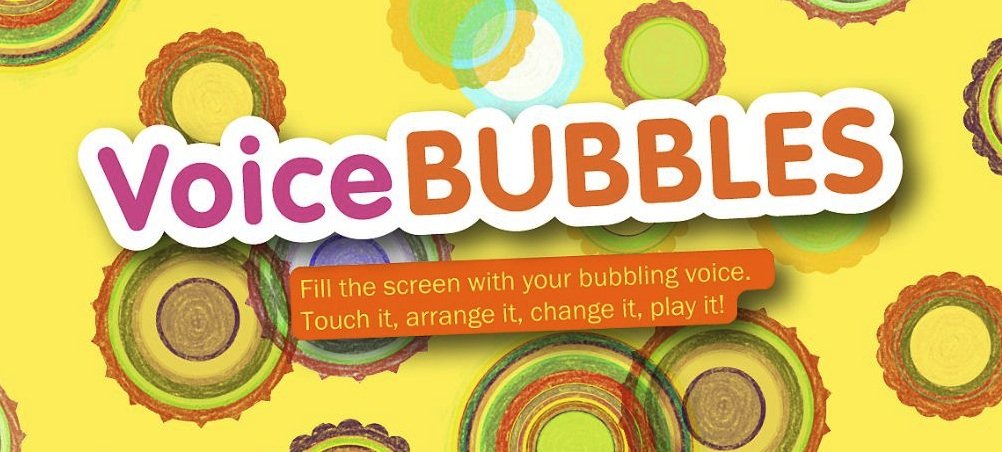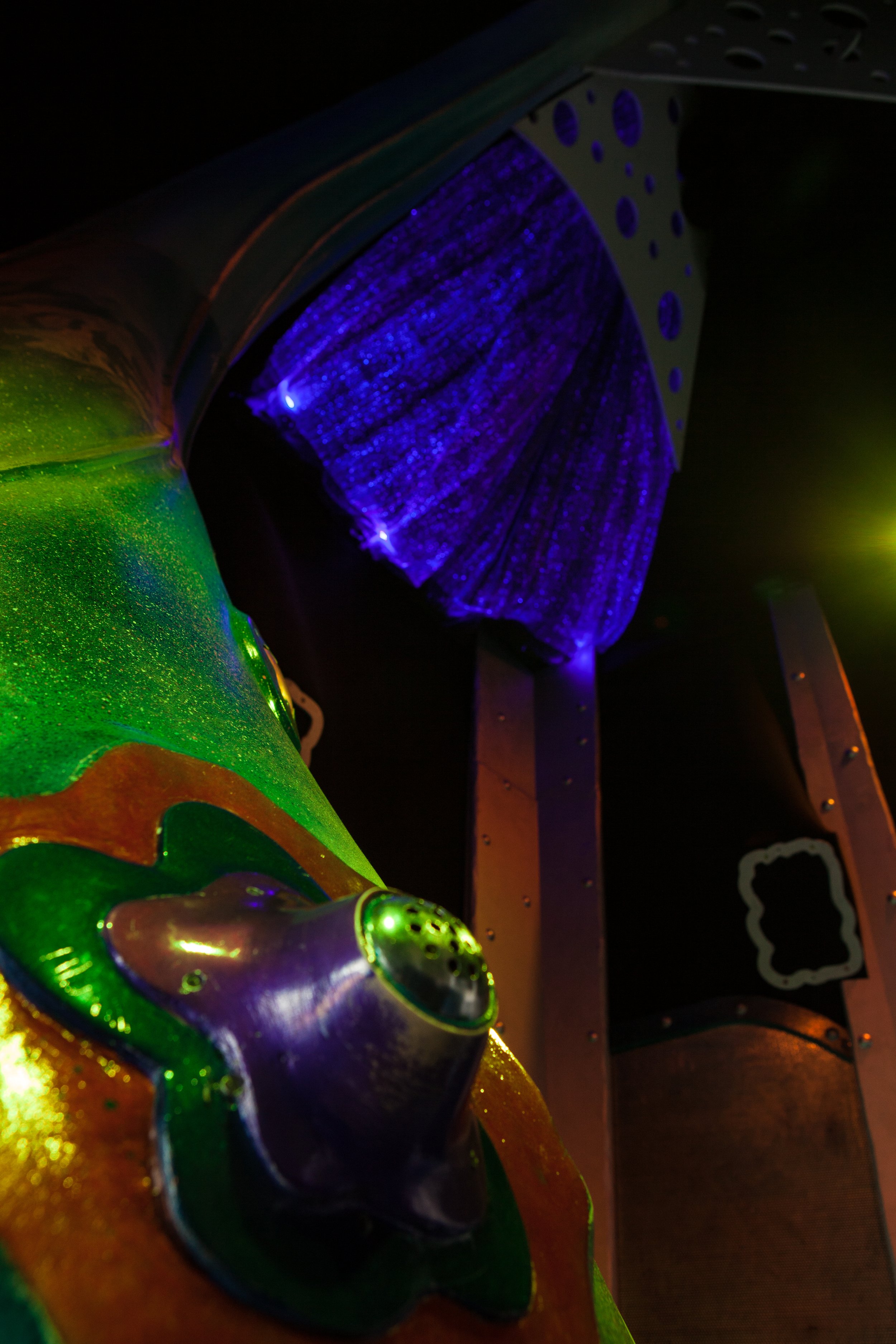Our research questions included: How might we invite children aged 6-11 to explore the improvisatory capacities of their voices in a way that is aesthetically refined, while introducing them to the experience and knowledge regarding of the functional anatomy of their vocal tracts? Can we develop a participatory theatrical experience from this goal - and what are the challenges involved with this? Might we give young people more control over the shape and duration of their vocal expansion through using installation-based or technological strategies? How do we ensure that the artistic experience and the educational experience are independent of one another but also inter-nourishing? What are the implications for the space of vocal authority of ‘directing’ young people to use ‘freer’ voicings? What might we learn about eliciting non-normative voices from audiences in general from child and family audiences?
Vivacious Voices in Action drew from intensive processes of devising, audience-testing and research with audiences of children aged 6-11 to develop three different experiences that invited them to explore the creative power of the non-normative sounds of their voices. With input from Prof. Catherine Best, Dr. Ruth Epstein and consultant laryngologist Nimesh Patel, and with further input from educational consultants, we used different means to develop the principle of the ‘voice-expanding mirror…’; essentially, that if people’s voicings are mirrored back to them, and extended or altered, people will often copy the alteration and keep altering it… to ‘see what their voices can do.’ Children under age 12 have a very strong impulse to acquire new language and sounds and are the virtuosos of the voice-expanding mirror. We developed somatic and vocal dramaturgies from expanding the aesthetic range of the voicings during the art experiences, and piloted classroom learning materials to accompany the works. The resulting experiences included the interactive touring show Uluzuzulalia; the installation The Voice Trunk; Voice Bubbles for iPad, and a whole range of publications decanted from the work. One key learning: if you call vocal sound speaking or singing, many children will think they do it badly and shyly refrain from participation. But, if you call the sound: sound, they will do wonderful things with their voices. And, if you place an SM58 microphone somewhere near children - they will approach it and try it out. Contact me for access to the full research exhibition.
Collaborators included: Jill Dowse, Elohor Pedro Knowles (performers); Kingsley Ash (coding, digital design, audiovisual, tactile stimuli); Ali Maclaurin (visual, spatial, object design); WW Ltd (fabricators). Our principal scientific collaborator was Prof. Catherine Best, with input on our installation work from Dr Ruth Epstein and Nimesh Patel. This substantial work programme was funded, in stages, by the Wellcome Trust Small, Large and Extension Arts Awards, Arts Council England, the University of Winchester, UK; our touring venues (incluing ArtsDepot, mac Birmingham, and others), and Winchester Science Centre. The Point, Eastleigh’s, Creation Space hosted our development process and invited school groups and families to our early workshops and showings so that we could learn best how to engage them in the experiences. Imaginate, the Edinburgh Children’s Festival invited me to speak on and animate a workshop based on this practice.





















